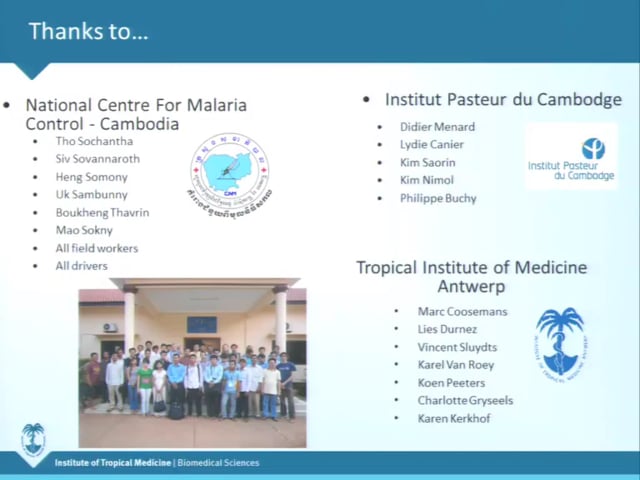Last Updated: 07/08/2019
Combining house screening and odour-baited mosquito traps for sustainable control of malaria transmission in low income communities dominated by Anopheles Funestus
Objectives
This project aims to demonstrate that combining house-screening and odour baited traps can significantly improve protection in rural Tanzania communities dominated by An funestus. I will first optimize the intervention package inside semi-field cages against laboratory reared mosquitoes then evaluate it in field settings. This approach will provide complementary, eco-friendly and non-insecticidal options for low incomes families.
Tanzania has cut malaria burden by over 50% since 2008, primarily using insecticide-treated nets and effective medicines, but numerous challenges remain. However, in south-eastern Tanzania, pyrethroid-resistant Anopheles funestus (mediating >80% of transmission,) and outdoor-biting Anopheles arabiensis, are compromising the gains. The situation is worse for low-income families, who despite the improvements of livelihoods across Tanzania, many low-income households still live in poorly-constructed houses with gaps on eaves, doors and windows. To achieve the 2020 national target of 2% prevalence, and thereafter elimination, Tanzania urgently needs complementary tools. House-screening can reduce indoor-biting and malaria burden, but is hardly scaled-up because available epidemiological evidence is considered inadequate, and diverted mosquitoes can bite others. Besides, full house-screening (of windows, eaves and doors) is impractical where rural households keep doors open in evenings. Introducing effective mosquito trapping in these settings could potentially increase households-level and communal-level protection even for non-users. Indeed, odour-baited traps targeting An. funestus previously reduced malaria prevalence by 28.9% in western Kenya.
Jul 2019 — Dec 2022
$134,434


